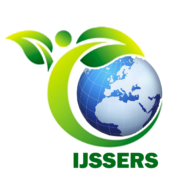A Case Study of Trainee Teachers Integrating Moral Values and Principles in Malay Language Teaching
This qualitative case study examines how trainee teachers apply moral ideals and principles when teaching the Malay language during their practicum. The study included three Malay language trainee teachers from the Institute of Teacher Education Malaysia Ilmu Khas Campus, who completed their practicum at schools in Kuala Lumpur. The participants included two Malay and one Chinese trainee teachers. Data were gathered using interviews, observations, and document analysis. The findings revealed that eleven moral values were applied by the trainee teachers, including rationality, responsibility, cooperation, tolerance and kindness. Additionally, the trainee teachers applied moral principles such as autonomy, justice, and altruism in their teaching. Teaching activities such as Q&A, simulations, group activities, and language arts were used to integrate moral values and principles both directly and indirectly with students. This application aims to shape students’ character, develop social skills, and enhance academic knowledge. The study suggests that a similar approach should be adopted at all teacher training institutes in Malaysia to strengthen the application of moral values at a national level.

